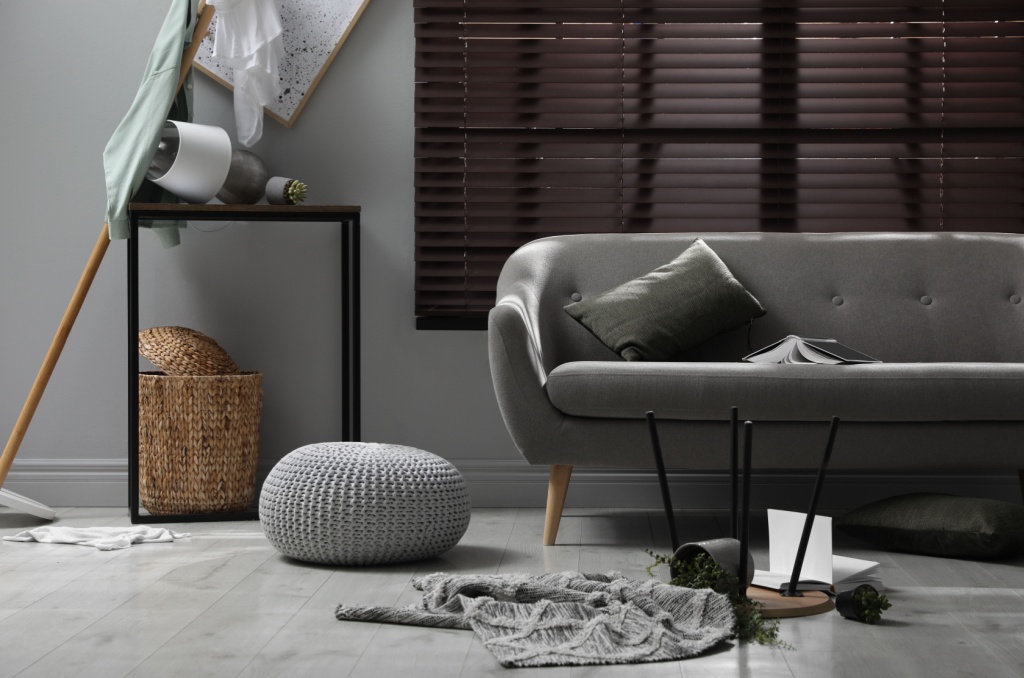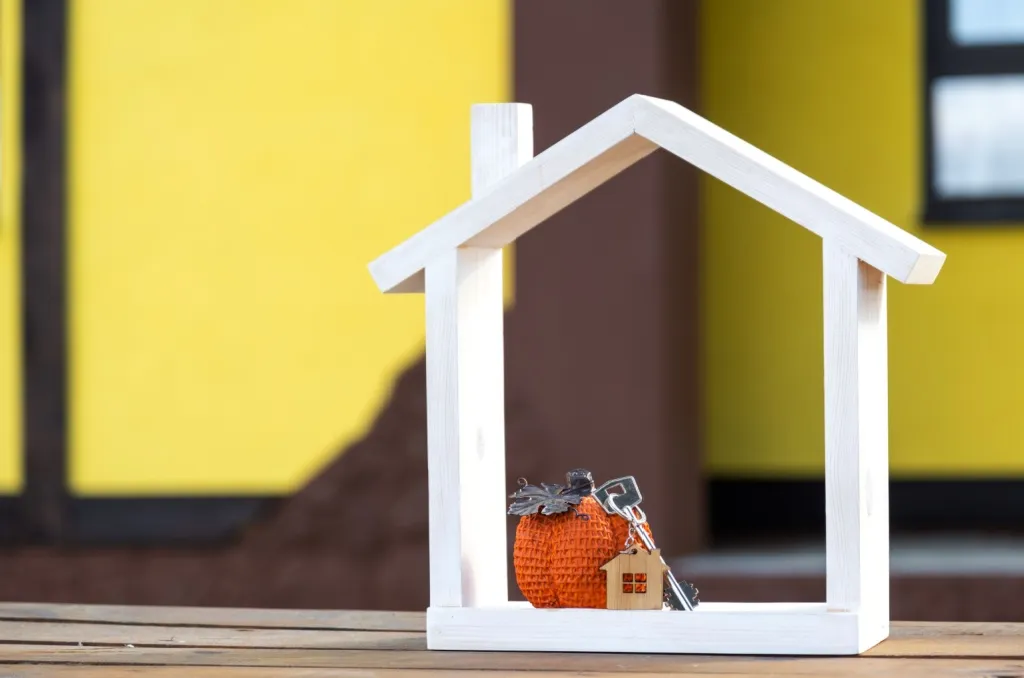We may not be ready to let go of the sunny summer days just yet, but students heading back to school is a clear sign that autumn is upon us. Between classroom visits to meet the teacher and purchasing new school supplies, take a moment to reassess your home’s needs and prepare to meet fall with a bang.
If you’re looking for ways to reduce your carbon footprint and save some money in the process too, start by reviewing your household’s energy output. While large improvements like buying more energy-efficient appliances or adding insulation to walls and windows may be a bit out of reach for apartment renters, there are loads of ways to reduce energy consumption at home without a major investment.
Window treatments or coverings can serve a double purpose in an interior design scheme: they can be used to enhance the looks of a room and save energy, too. Installing tight-fitting, insulating drapes or shades can significantly reduce heat loss in the winter and prevent heat gain in the summer. When drawn during cold weather, most draperies can reduce heat loss from a warm room up to 10%, studies show. Nevertheless, keep in mind that window treatments are ineffective when it comes to reducing air leakage or infiltration. You need to add caulk or weatherstripping to seal air leaks around drafty doors and windows. Here’s an easy way to detect air leakage, shut a door or window on a dollar bill. If you can pull the dollar bill out without it dragging, you're losing energy for sure.
Don’t forget to check for air leaks around utility cut-throughs for pipes, gaps around chimneys and recessed lights in insulated ceilings, wall- or window-mounted air conditioners, and unfinished spaces behind cupboards and closets.
Other simple actions like turning lights off when you leave a room, line-drying clothing, or taping clear plastic film to the inside of your window frames during the cold winter months may help you save money and energy.
In addition, learn to set and use your thermostat correctly. To make sure it operates properly, place the thermostat on an interior wall, away from direct sunlight or windows. You can easily save energy in the winter by setting the thermostat to 68°F while you're at home and setting it lower while you're away. By turning your thermostat back 10° to 15° for 8 hours, you can save 5% to 15% a year on your heating bill, a savings of as much as 1% for each degree if the setback period is eight hours long, according to the U.S. Department of Energy.
To further protect your family from unwanted losses and expenses this fall, consider acquiring renter’s insurance. Much like homeowners insurance, rental insurance covers the tenant’s personal possessions in case of fire, theft, vandalism or natural disasters like storms or lightning. It also offers liability protection against many claims or lawsuits filed by the landlord or guests arguing that the tenant has carelessly injured another person or damaged the person’s property.




